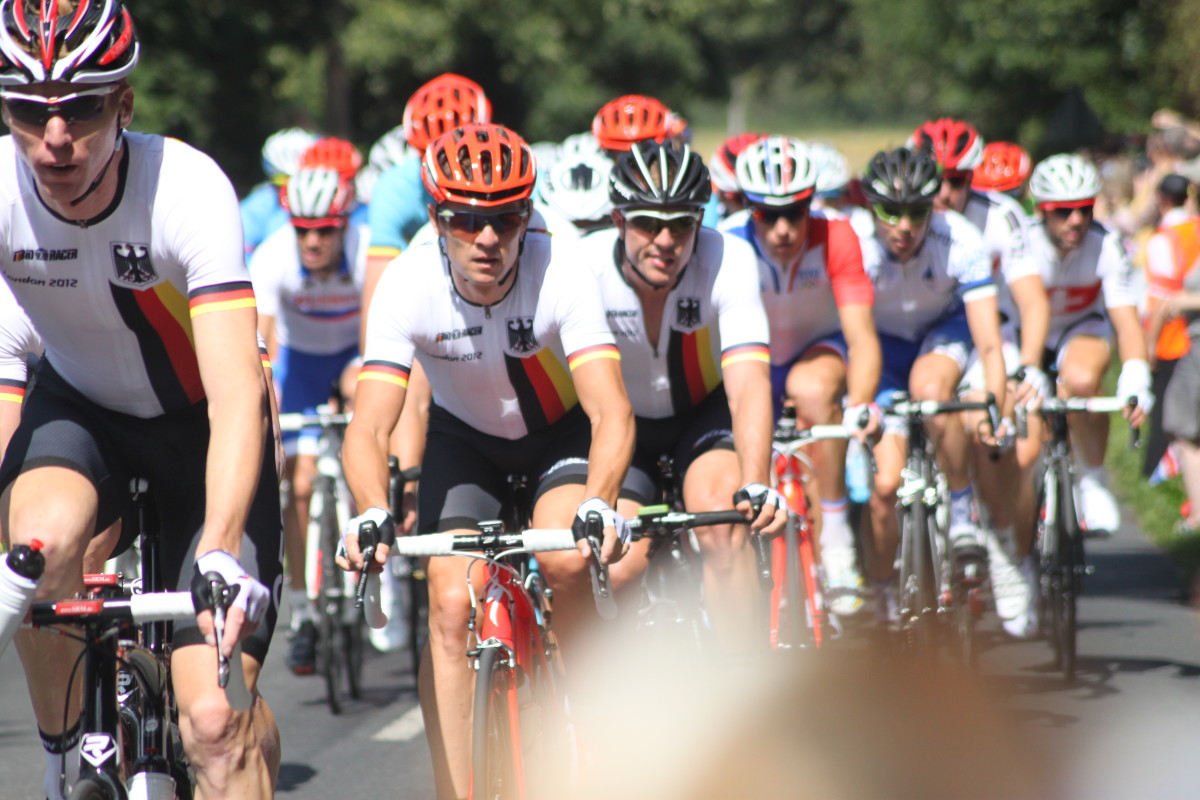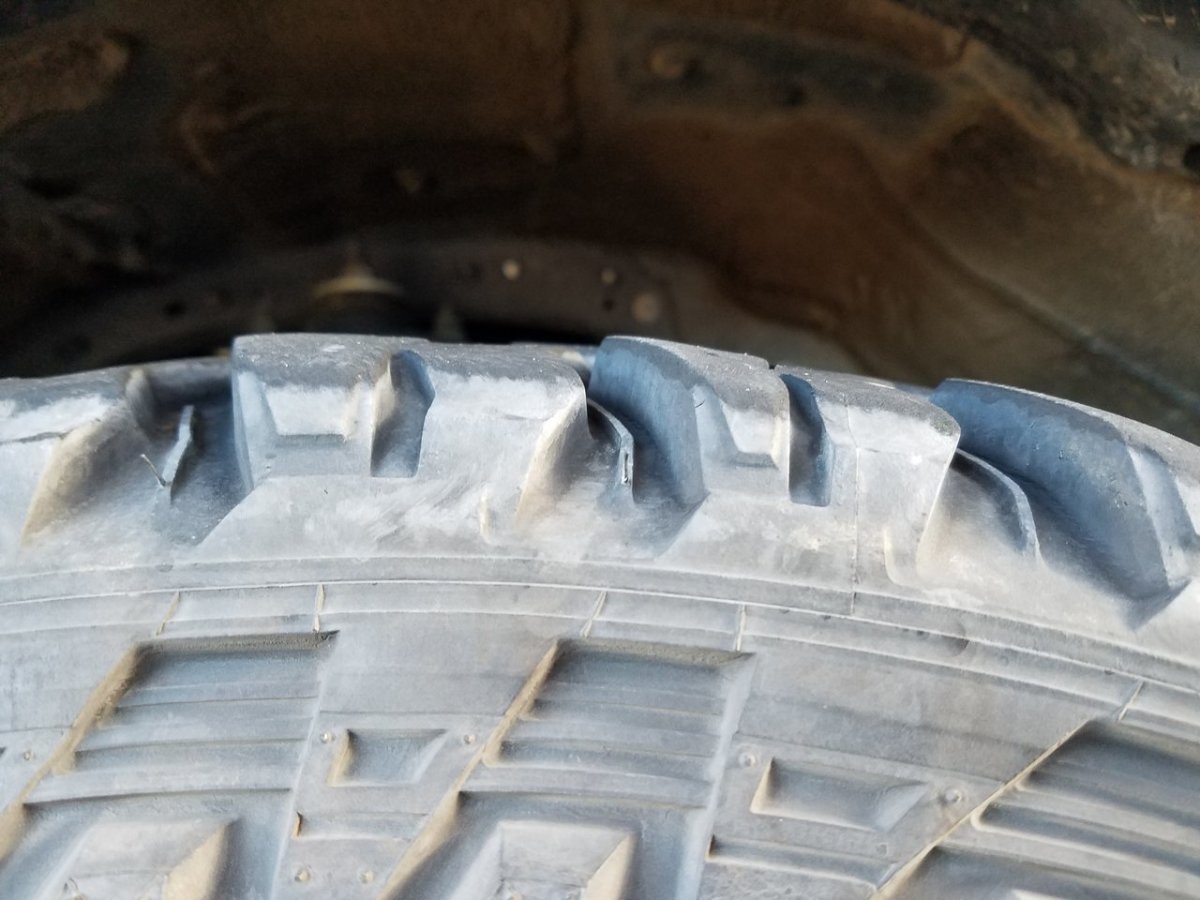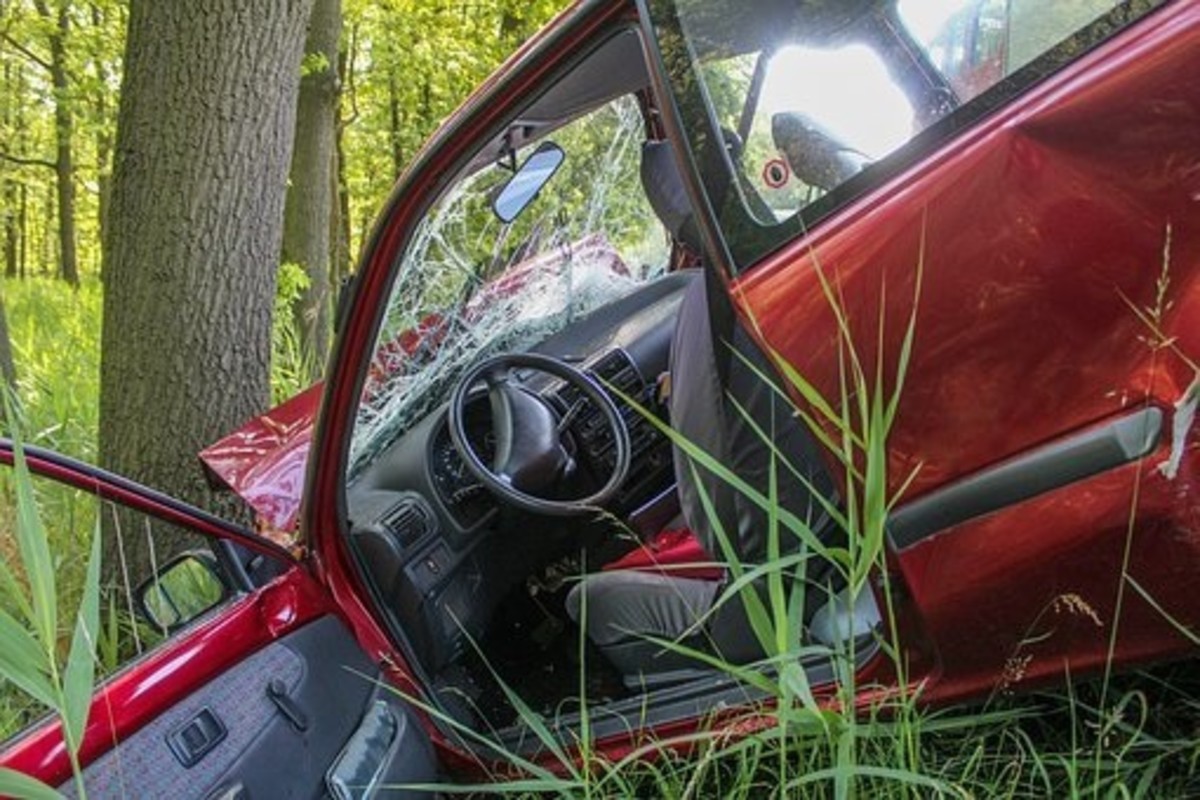Road Rage?
According to Dr. Driver (http://www.drdriving.org/misc/roisum_interview.html), Road Rage includes “thoughts of violence, driving like you’re in a hurry, constantly criticizing other drivers and neglecting to follow safety rules.” If we uphold this definition, then each of us who drives has experienced Road Rage. By looking at examples of extreme Road Rage that ended in violence and by comparing it with proven psychological studies, Road Rage can be seen as severe and radical aggression.
First, I would like to narrate a bit and share my experiences with Road Rage. Each morning as I travel down Highway 183, I see people doing all of the things that are referenced in Dr. Driver’s web article. I find myself doing the same things…criticizing other drivers, tailgating, feeling hostile, and hoping other drivers will have a wreck or get stopped by the police. These feelings are mild, however, and would not escalate into murder or violence, but I have had a period of my life where I DID think that violence was an option. Several years ago, I was taking the birth control pill Ortho-Tricyclene. “There is some dated evidence that women taking birth control pills containing progesterone demonstrate less irritability and hostility than do women not on any pill (Hamburg, Moos, & Yalom, 1968).” This was not the case for me. While taking that pill, I would lose my temper for no reason, yell at students (I even made a 6th grade wet his pants because I yelled at him so loudly), and be overcome with rage without provocation. This was especially true when driving. If cut off in traffic, my reaction would be much like Mrs. Henson’s when Mrs. Foster cut her off. I would speed up, weave in and out of traffic to catch up to the person, yell at them and shake my fist at them out the window, and occasionally even use not-so-nice hand gestures to display my feelings of rage. It never got violent, but if given the opportunity, I can’t promise that it wouldn’t have. Once I stopped taking the pills, my rage levels subsided and I began reacting to everything in a normal manner again.
Not all stories of Road Rage are centered around chemical imbalances from medication, however. Most are caused by other factors, the first being the impending sense of impatience that has pervaded today’s society. John Dollard observed that “people who are frustrated, thwarted, annoyed, or threatened will behave aggressively (Bartol, 244).” This is the frustration-aggression hypothesis. Berkowitz states that “frustration increases the probability that an individual will become angry and soon act aggressively (Bartol, 244).” He also noted that weapons provoke aggressive behavior. Cars, trucks, and other automobiles may serve their purpose as vehicles, but in fits of rage, they could be seen as weapons. Frustration, anger, and a large gas-guzzling machine can definitely lead to Road Rage.
Road Rage is an example of reactive aggression “which includes anger expressions, temper tantrums, vengeful hostility, and “hot-blooded” aggressive acts (Dodge, Lochman, Harnish, Bates, & Pettit, 1997).” In the case of Gena Foster and Shirley Henson, reactive aggression is apparent. They had angry expressions, as I am sure that yelling, cussing, and possibly hand-gestures were present during their cat-and-mouse chase down the highway, temper tantrums were present as they “tailgated each other for miles, alternately getting ahead and slamming on the brakes,” and hot-blooded aggressive acts took place, especially in the shooting of Mrs. Foster after she “got out and walked to Mrs. Henson’s window.” Psychologists say that reactive aggression is a reaction to frustration, and since frustration is avidly apparent in driving situations quite often (especially in the city where there is lots of traffic), the “high states of arousal” caused by the frustration leads directly to Road Rage.
Many other factors could lead to the Road Rage that is apparent in today’s society. The first is the aforementioned traffic problem, caused by overpopulation. Calhoun, and later, Freedman, conducted studies on rats and found that population density is a huge factor in aggression. Other factors could be gender differences where studies have shown that females and males react differently to anger and frustration, with males being the more violently aggressive of the sexes. “The American Automobile Association said that…the number of road rage incidents had increased…but only 4% involved a woman.” Another factor could be temperature. Global warming may or may not be a real phenomenon, but city heat is real. Crowds, streets, smog: all lead to heat, and heat leads to an increase in anger. Even minor things like horn-honking seem related to the temperature. “The frequency of horn honking increased as the temperature increased” in one study. While this is no excuse for Road Rage behavior, it does make people a little hot-headed to be hot. All of these reasons and many more could be contributing factors to the numerous counts of Road Rage (and to all of the millions of minor Road Rage cases that aren’t reported).
My experiences with Road Rage, while minor, were caused by hormonal changes due to birth control pills. The Foster and Henson case was caused by extreme frustration and anger. Other cases were caused by heat or crowds or other factors. No matter what the underlying cause, Road Rage is real, and it is dangerous. Just ask the family of Gena Foster…









